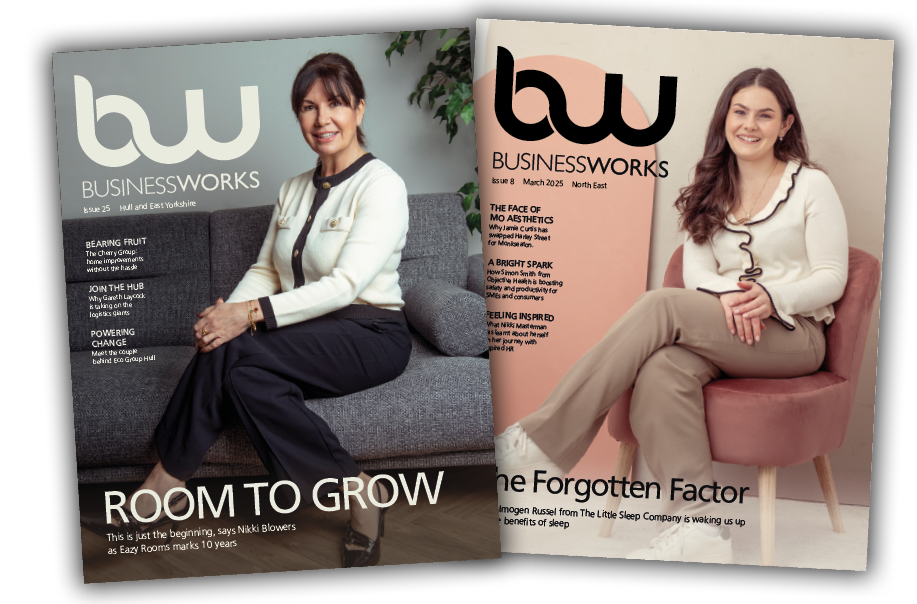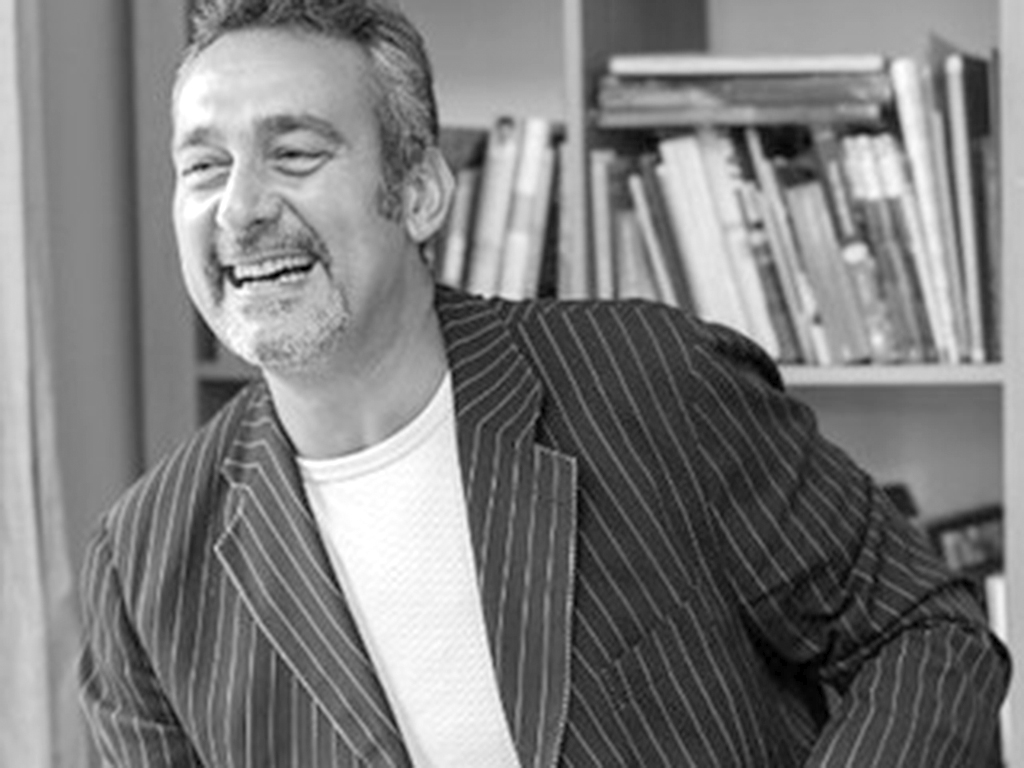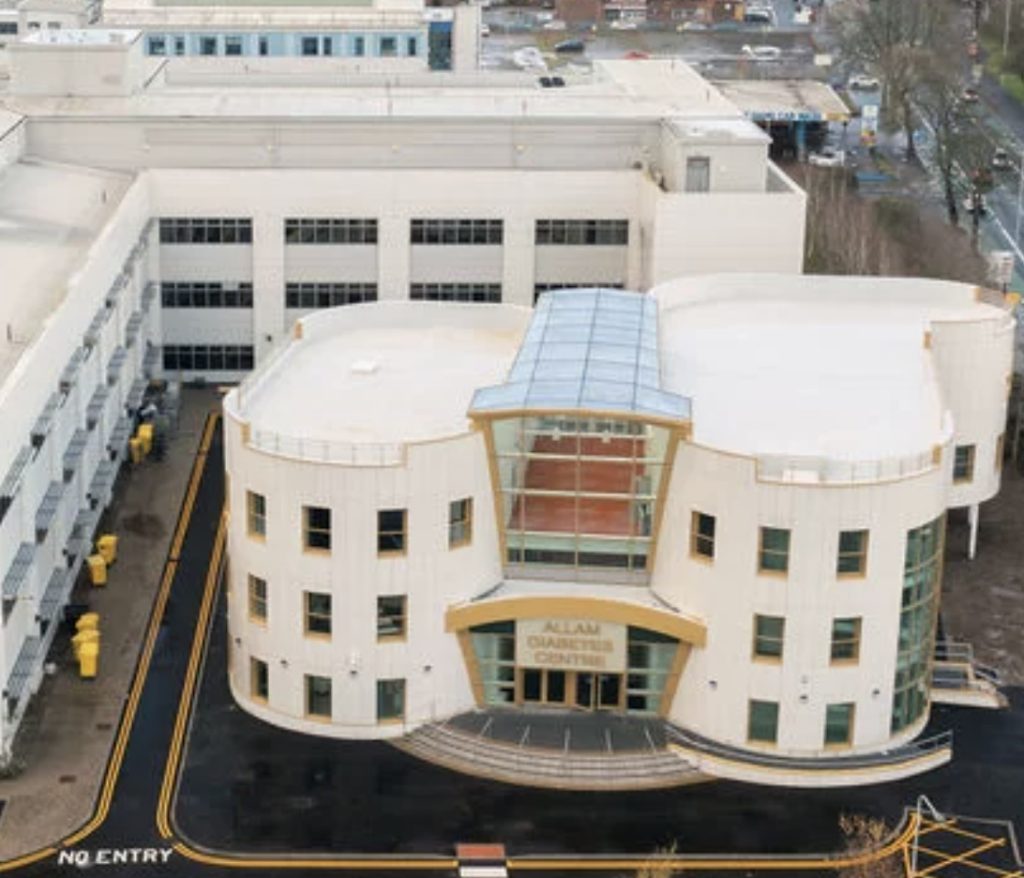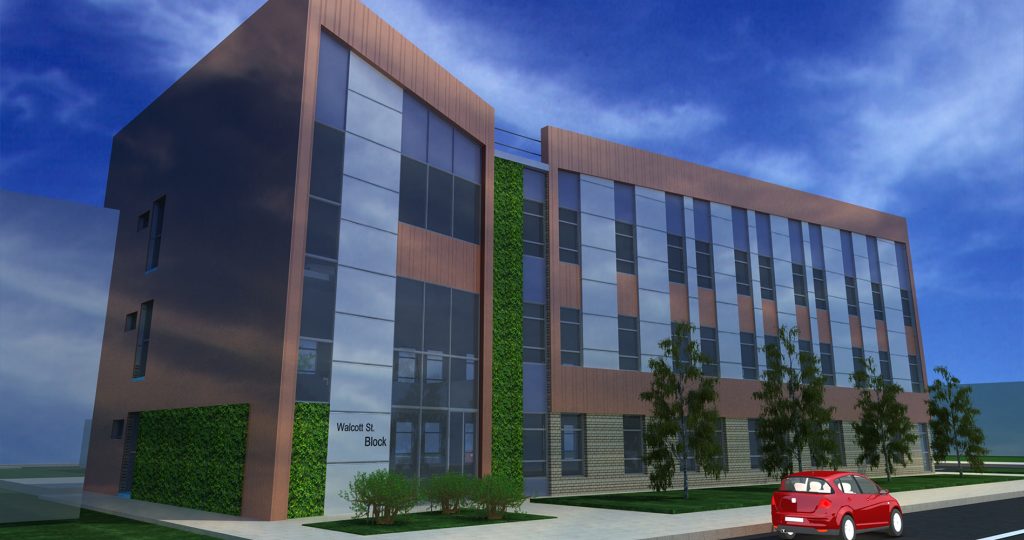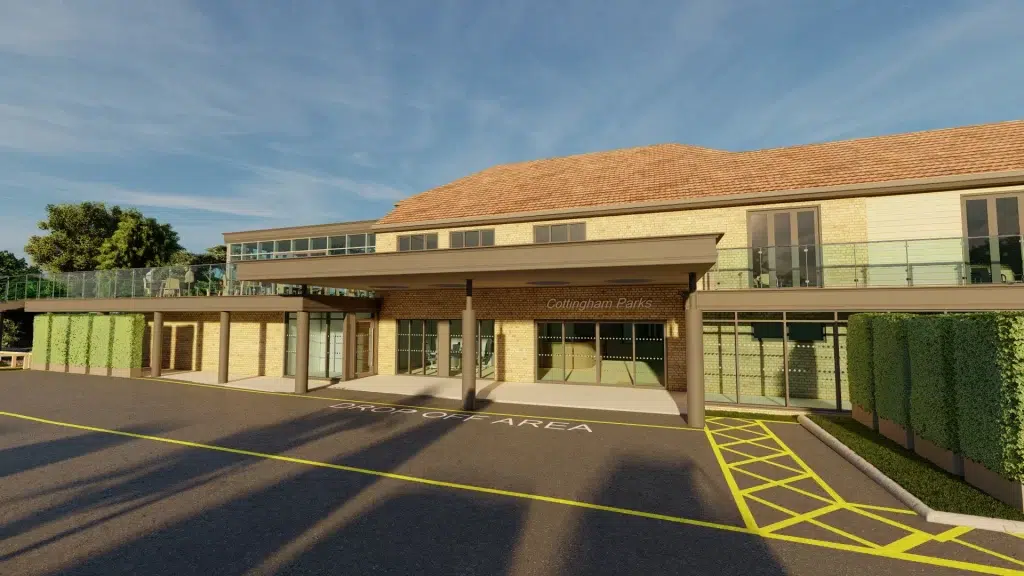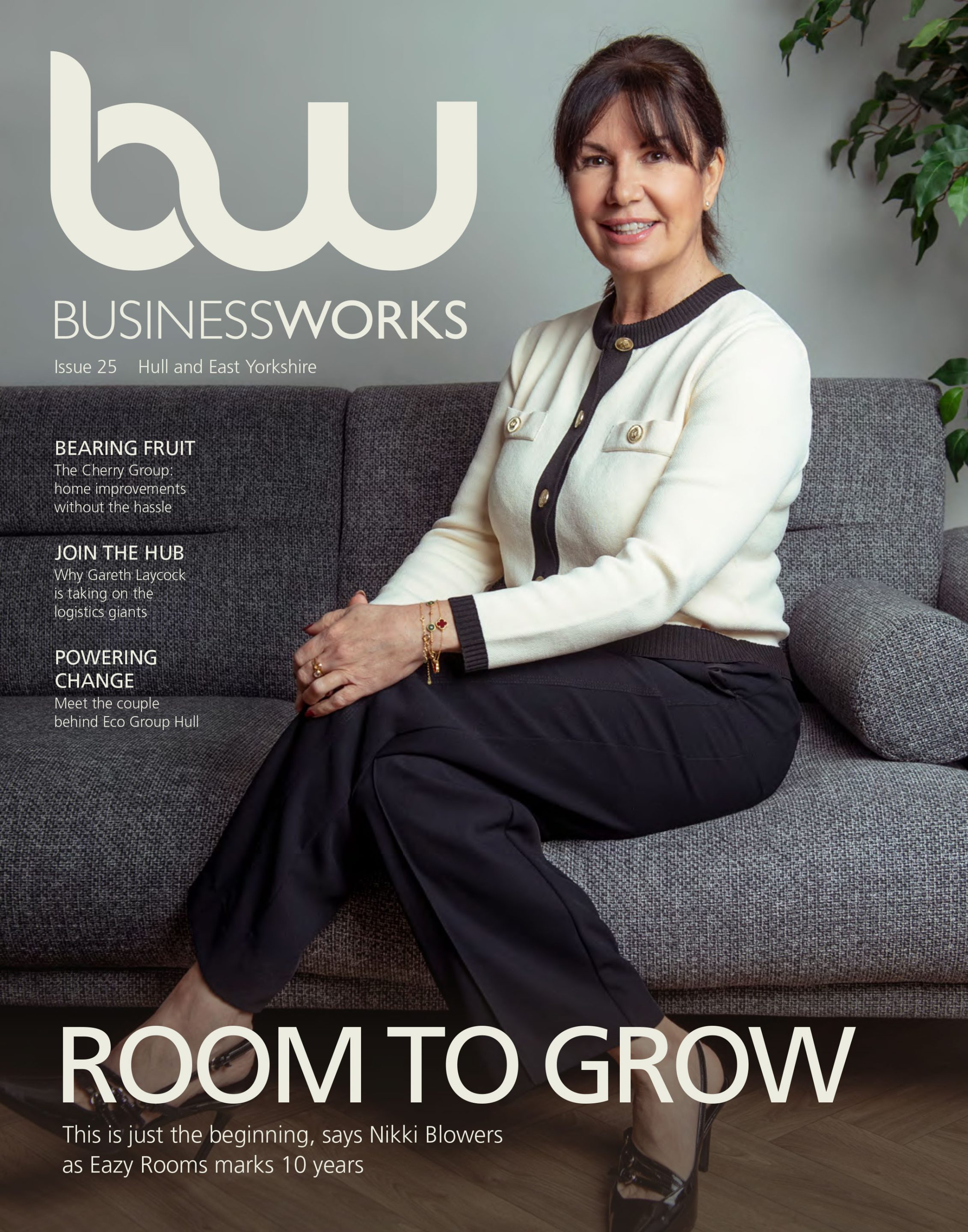To mark International Men’s Day on November 19, we chat to Alex Caruso of Beverley-based ACA, Alessandro Caruso Architects
What’s your professional background and what made you decide to set up your own firm?
Since I can remember, I’ve been a part of my father’s architecture family business in Sicily. I would often meet individuals who had worked for my father in the early days of his building contractor enterprise, who remembered me as a child playing on construction sites. Although it wasn’t the safest practice, it sparked my passion for the industry.
I went to study in Palermo where I had a serious motorbike accident towards the end of my architecture university course. The accident forced me to postpone my studies for over a year. As painful as the experience was, it became a turning point in my life and perhaps the catalyst for my career in design for wellbeing.
Before the accident, I had led a full and engaged life, always immersed in various pursuits such as studying, working, sports, and socialising. But the long hours confined to a bed brought it all to a halt. During this time, I discovered empathic skills I never knew I had and developed a genuine interest in healing architecture. My hospital visits provided me with opportunities to meet doctors and nurses, and I eagerly sought insights into their profession.
After completing my degree, I had the pleasure of working with a diverse group of individuals in the vibrant multicultural environment of Madrid. It was fascinating to see how our backgrounds influenced our perspectives and sparked engaging discussions.
In 2001, I moved to Hull with my girlfriend at the time, Amelia, who is now my wife and co-director. When I first arrived in England, my English language skills were extremely poor. Previously, I had used a mixture of broken English, Spanish, and Italian to communicate with Amelia. However, I soon realised that the English I had learnt in school had different accents and variations throughout the United Kingdom. Nevertheless, with determination, I attended professional interviews offered in various cities, eager to showcase what I had learnt during my travels while immersing myself in the local language.
What greatly aided my communication was my ability to quickly sketch and visualize buildings or details discussed. I could express myself more effectively with my pen lines than with words alone.
From 2001 to the end of 2013, I dedicated my career mostly to one practice developing from architectural assistant to equity partner. I am grateful for the opportunities and experience gained during my time at previous firms. However, I felt constrained and unable to express the uniqueness of my work in any of them.
Towards the end of 2013, I made a bold decision. I turned down a senior position at one of the UK’s oldest architectural practices, along with all its accompanying perks. Instead, I chose freedom – the freedom to explore my own design direction and embrace the creation and running of my own architect practice.
In January 2014, my architectural practice was born with Amelia’s assistance. Like many others embarking on similar journeys, we started from our dining room table, armed with a laptop and the software I knew inside out.
It was the beginning of something truly extraordinary.
What kind of services do you offer?
At the core of our architecture, interior design, and 3D visualisation services lies the ability to interpret our clients’ vision and effectively communicate it to all parties involved. With a specialisation in the health and social care sector, we excel in designing innovative spaces for a range of facilities, including health centres, hospitals, care homes, and more. We also take pride in our expertise in creating designs that cater to the unique needs of dementia and mental health patients.
Our clientele includes reputable entities such as NHS trusts, private care operators, developers, and housing associations. One of our notable projects is the award-winning Allam Diabetes Centre, a state-of-the-art facility located at the forefront of Hull Royal Infirmary.
Furthermore, we extend our knowledge and talent to enriching commercial, education, and residential sectors, incorporating wellbeing as a valuable aspect of our designs.
While the practicality of each project holds utmost importance, we firmly believe that the key to our successful design response lies in our ability to truly listen and understand the aspirations of everyone involved. This genuine connection fuels our passion and drives us to seek new opportunities to positively impact people’s lives.
Our services can be tailored to suit individual needs or provided as a comprehensive one-stop-shop experience, ensuring seamless continuity throughout the process. Notably, we have achieved a 100% planning approval success rate, further exemplifying our commitment to excellence and customer satisfaction.
What makes you different from other architectural firms?
We understand that each client’s needs are different, and therefore we personalise our service accordingly. We listen carefully to ideas and visions, offering honest advice and technical know-how to ensure that the final product is a complete success.
My accident opened my eyes to the stark contrast between physical and emotional pain. It heightened my sensitivity towards it and made me realise that pain surrounds us. While others perceive only anguish and despair, I see the potential for design to positively impact their lives.
Regardless of the abundance one possesses, pain can manifest itself in various forms. Having personally experienced such suffering, I am dedicated to utilising my professional expertise and passion to design spaces that promote wellbeing.
From the inception of our practice, we embraced technology to develop and visualise our designs. Through cutting-edge virtual reality software, we swiftly transform our ideas into tangible prototypes – ultimately propelling the project towards reality. These visualisations serve as early models that engage viewers and allow us to identify any design flaws or explore the treatment of volume, space, and required details.
Our team consists of experienced architects, designers, technicians, and project managers who offer exceptional design solutions that are creative, attractive, and practical. The majority joined us as students from a diversity of backgrounds. The difference in backgrounds Amelia and I have, was a definite formula for our growth and over the years we have enjoyed working with apprentices from Italy, Poland, Pakistan, India and Middle East as well as the UK.
We are passionate about making a difference in our industry and strive to achieve excellence in every aspect of our work. We take great pride in pushing the boundaries of design and believe that this is key to creating outstanding buildings of lasting value.
What have you learned on your journey so far? Anything that, with hindsight, you’d do differently?
I firmly believe that there’s always room for improvement, and that includes taking a lighter approach and putting less pressure on ourselves. The path to success is far from easy, as it requires us to step out of our comfort zones and embrace challenges with open arms. However, this journey also presents us with countless opportunities to become better versions of ourselves, continually prepared to face any obstacle.
One valuable starting point is practicing empathy, both towards ourselves and others. By leaping into the unknown and fearlessly confronting challenges, giving our all regardless of the outcome, we can learn invaluable lessons independently. It is my unwavering passion for design and enhancing people’s lives that has fuelled me through the most uncertain times, carrying a can-do attitude.
A clear vision is crucial when embarking on any project or endeavour. As we design or plan, it’s important to consider future needs and design flexible, adaptable, and scalable solutions for buildings and systems. By keeping an open mind, we unlock the realm of creative problem-solving, enabling us to tackle even the most formidable obstacles.
Furthermore, effective communication plays a vital role when collaborating on projects, as not everyone possesses the same creative and technical skills. Therefore, it’s imperative to stay ahead of the curve, continuously keeping up with the latest trends in 3D software and technology.
Lastly, it’s essential to remember that learning never ceases, and each project presents an opportunity for fresh ideas to blossom.
What has been your biggest challenge?
At the heart of our organisation and projects, our challenge is also our mission to achieve excellence in design for wellbeing. We don’t settle for anything less. Our team members collaborate, cohesively, to tackle every project. We consider all aspects, from technical details to user experience, when designing the ideal environment.
To support our relentless pursuit of excellence, we have developed robust systems and processes. We prioritise understanding our users’ needs, while incorporating creative response, scalability, security, privacy and maintainability. We learn from past experiences, empowering us to make informed decisions for the future.
Our aim is not to create perfection, but to construct well-structured, optimised environments that meet the ever-changing demands of our world. We start by challenging the brief from the earliest engagement, finding innovative solutions that drive transformative designs. Our commitment to improvement means learning from mistakes and never settling for existing results.
Ultimately, design excellence is all about constantly pushing the boundaries and striving to create buildings that are imaginative, robust, reliable and resilient enough to face any challenge.
It’s International Men’s Day on November 19 – which aims to highlight the many issues men face as well as their contribution to the world. Do you have any comments on this in relation to you and your business journey?
As I embarked on the journey of restarting my career in a foreign country, I was filled with the same excitement and wonder as a child experiencing new adventures. Since moving to the UK, I have been fortunate to encounter welcoming individuals who have given me the opportunity to showcase my value. However, amid the growing appreciation from clients, I also faced less appreciative attitudes from colleagues, often focused on my foreigner status and imperfect English. While not explicitly racism, it was a glaring weakness that some people felt compelled to highlight, as if it had gone unnoticed by all.
I vividly recall a particular incident during my time at a previous firm. Having attained recognised UK qualifications as an architect and CDM principal designer within the first five years of living in this country, I humbly approached my superiors with a request for support in pursuing a project manager qualification. Their surprising response was far from what I had anticipated. Instead of guidance or assistance, I was advised to enrol in elocution lessons to refine my English. Despite my accent remaining as strong as when I first arrived, I channelled the frustration of those moments into forging my own path of empowerment.
I didn’t have anyone near me with similar experiences to learn from, and I wasn’t always able to hide my frustrations from Amelia; I sought solace in my design work, often daydreaming of creating transformative and positive environments. I learned to embrace the inevitable ups and downs that come with any career, and I gleaned valuable lessons from each step of my journey.
Since then, my unwavering focus has been on fostering an environment where everyone is given the opportunity to thrive. Inclusion lies at the core of our mission, as we believe that everyone should feel empowered to contribute their unique ideas and perspectives to our projects and the overall functioning of our organisation. By bringing together a diverse range of perspectives, we can collaboratively craft designs that are not only impactful and coherent but also serve as a source of inspiration.
What advice would you give to someone setting up their own business, especially in the current climate?
Through frustration and pain, we uncover our greatest lessons, particularly about ourselves. In life, we always have the choice to avoid our fears, but it is when we confront them that we truly discover ourselves.
For businesses, recognising the importance of well-being in any environment is crucial. Investing time and effort into developing a well-designed environment is essential for success.
In today’s digital economy, the right software can give you a significant competitive advantage. It enables faster and more cost-effective delivery of high-quality products, driving success throughout the entire process.


